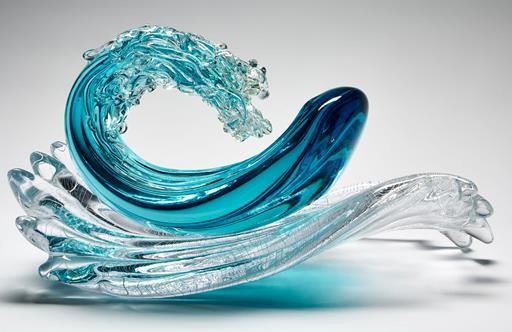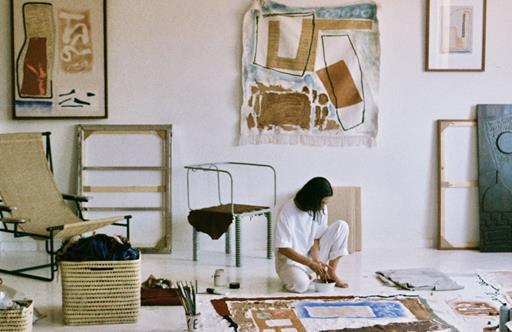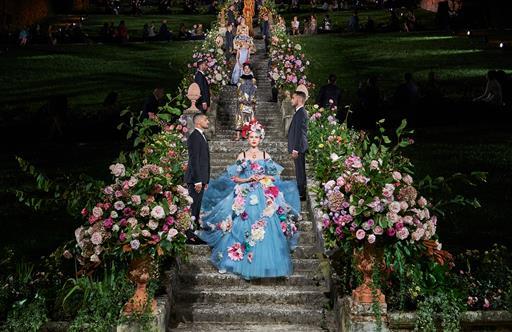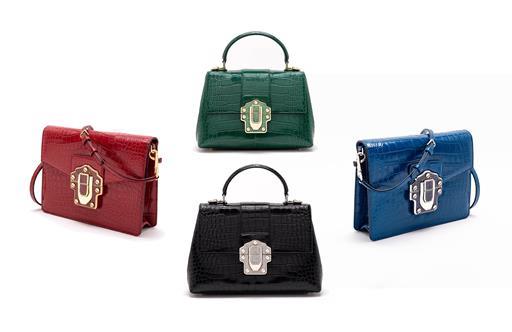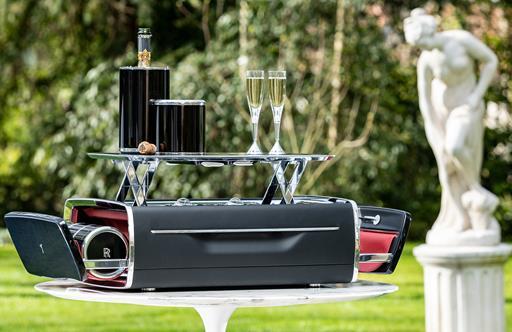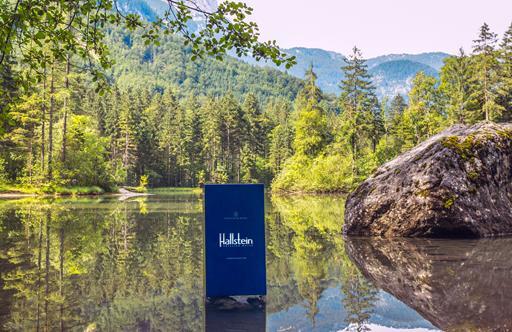Is This the Best Rooftop in Rome?
The postcard-perfect vista is just part of the draw of the recently opened Orient Express La Minerva hotel.
Sitting on a tall bar stool at Gigi Rigolatto Roma, the restaurant-bar atop the new Orient Express La Minerva hotel, it’s not an easy call. On the one hand, there’s the view: Janiculum Hill, Saint Peter’s Basilica, the frothy Vittoriano monument and the domed roof of the Pantheon, quite literally a hard stone’s throw away, are all visible on the horizon. There are other such destinations in the Eternal City – the Bulgari Hotel has a roof bar; so does the Six Senses – but for sheer scenic wow factor, it’s hard to argue against this one’s supremacy.
On the other hand, there’s the food: Gigi is an haute Italian gastro concept with outposts in Saint-Tropez, Paris, Dubai and Bodrum. More than one guest, on learning Gigi’s history, has been left baffled: why on earth would anyone import a foreign operator’s idea of good Roman eating – to Rome?

La Minerva, arguably the buzziest Italian hotel opening of 2025, has had a myriad of talents involved in its realisation. One of the oldest continuously operating hostelries in the city, it’s now managed by Orient Express, part of French hospitality behemoth Accor. But the hotel itself is owned by Arsenale, whose 37-year-old founder, Paolo Barletta, is Roman-born and raised – and whose business partner, Nicola Bulgari, is about as Romano DOC as they come.
Barletta has been making waves in Italian hospitality for a while now: Arsenale owns La Dolce Vita Orient Express, the ultra-fabulous sleeper train launched this spring, as well as the Rome outpost of Soho House; then there are Palazzo Donà Giovannelli in Venice (it will be the second Orient Express hotel when it opens early next year); and properties in development in Tuscany and Sicily. He’s ambitious, works fast, has a decidedly international outlook and understands his globetrotting clientele – all qualities that have manifested in his brave new Minerva. Besides having brought in Gigi, he reportedly lobbied hard for the selection of Hugo Toro, the flamboyant 35-year-old Franco-Mexican design wunderkind, to reimagine the hotel’s interiors.
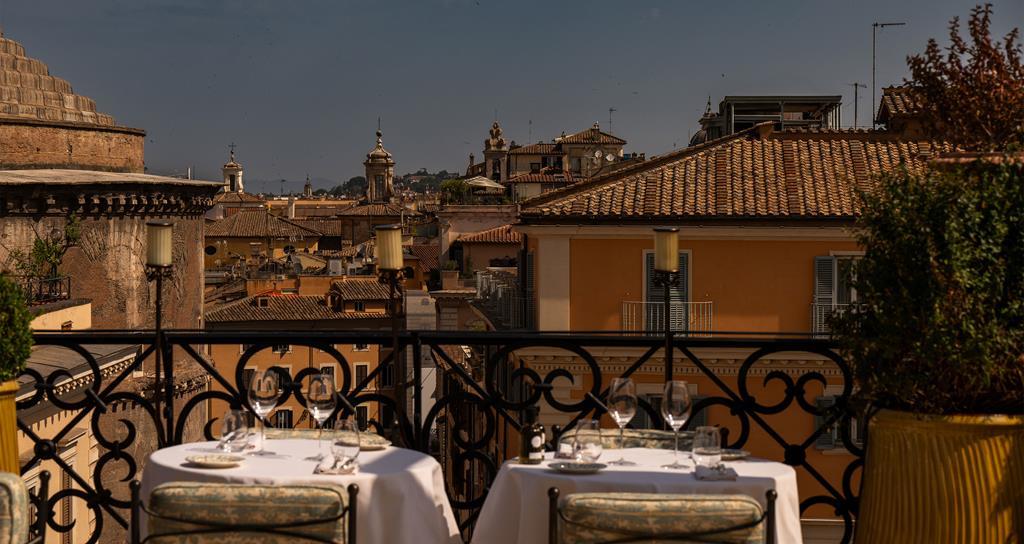
Toro’s brief for his first hotel-design project was to weave elements of two stories into its new look: the long legacy of Orient Express (with its illustrious history on the rails, it’s one of the most recognised names in travel), and the story of Rome itself: its palimpsest of ancient and modern, its rich palette, its dolce vita bona fides. He certainly had his work cut out for him. Not one single room or suite in the 17th-century building is exactly like another; ceiling heights, dimensions and light exposures all differ hugely.
But it wasn’t to be classic cornices and predictable references for Toro. Deploying some daring material combinations – rough and smooth plaster; polished brass and timber; smoky glass and soft leather – his sleek schemes nod to both the golden age of rail travel and the textures of the city all around. The palette references the time-faded shades of Rome’s glorious hodgepodge of façades: pale celestial blue, sage green, a half-dozen permutations of apricot and terracotta.

Silk-velvet sofas show off delicate leather detailing on cushions; an oval table plays a double role as dining table and workspace, with a lovely view of Roman skies. The sky is reprised on the wall behind the bed, where a series of connected panels are painted with an abstract rendering of a Roman dawn – subtle washes of palest yellow, rose and blue. While every room is unique, every one of them has a version of this headboard.
While Gigi comes in for mixed reviews, La Minerva Bar, situated in the hotel’s ground-floor conservatory lounge, is a unanimous winner: lush with greenery, saturated with light spilling down through the restored glass ceiling, it’s the most faultless old-world/high-style balance in the place. The original semicircular bar is still there, as is the original statue of Minerva, the Roman goddess of wisdom from whom the hotel takes its name.

In the coming months, La Minerva will debut a subterranean spa and hammam, a jewel-box enoteca with its own street entrance, and – perhaps most anticipated – the Wagon Bar, a sexy, dimly lit speakeasy-style bôite reached through a semi-concealed door. Meanwhile, La Minerva Bar has already established itself with a chic young Roman constituency. And you really shouldn’t miss sunset up at Gigi; whatever your position on its provenance, the food is actually quite good – and the views are indisputably caput mundi calibre.

Image credits: © More Content Studio, Alexandre Tabaste








